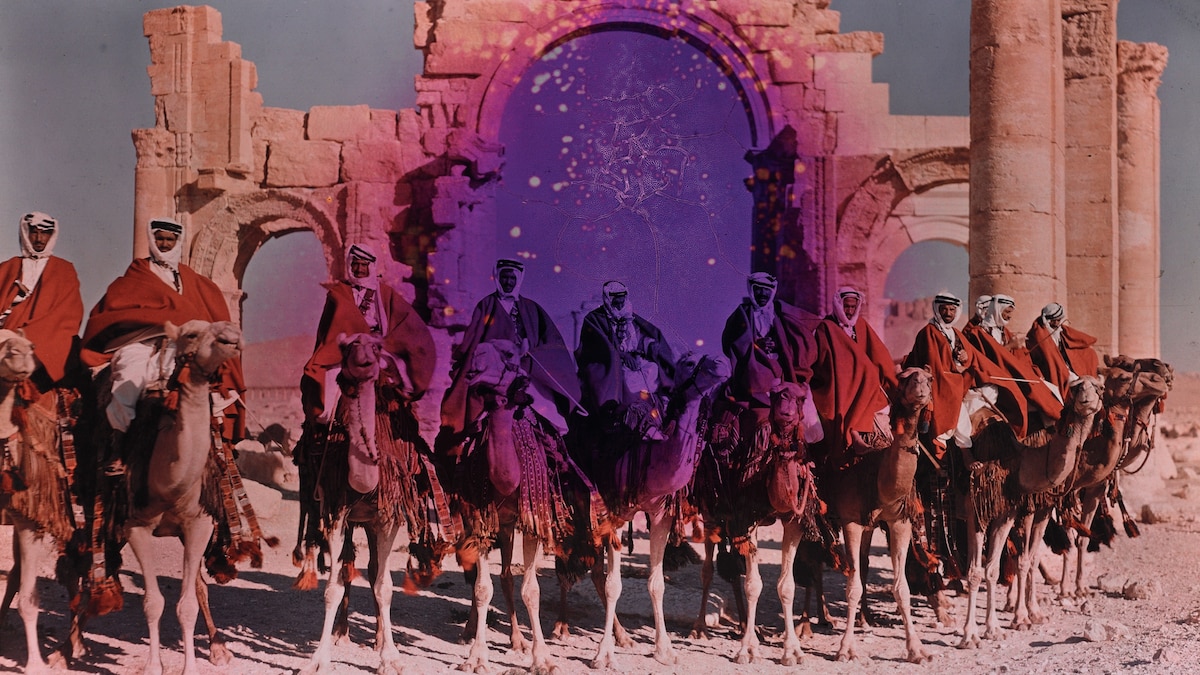Now Reading: From Creation to Preservation: The Race to Save Early Color Photos
-
01
From Creation to Preservation: The Race to Save Early Color Photos
From Creation to Preservation: The Race to Save Early Color Photos

Quick Summary:
- Volkmar Wentzel,late National Geographic photographer and archivist,rediscovered a collection of autochromes from the early 20th century in the 1980s.
- Autochrome technology, introduced in 1907 by French inventors Auguste and Louis Lumière, used light-sensitive emulsion combined with potato starch to produce vivid color images on glass plates.
- Long exposure times limited early color photography to landscapes and still lifes but expanded later to include ethnographic depictions such as bazaars in Albania and elephant riders in India.
- Autochromes were widely replaced by Kodachrome film after its debut in 1935.Many autochrome plates deteriorated due to poor preservation practices before Wentzel initiated efforts to rescue them for archival purposes.
- National Geographic’s Early color Photography Collection now holds about 13,000 glass plate images,including one of the world’s largest collections of autochromes after Musée Albert-Kahn near paris.
- Challenges persist with chemical decay such as “vinegar syndrome,” humidity damage causing cracked or faded plates, and oxidization creating unique blotches on images.
- A three-year digitization project completed in 2023 ensures a permanent archive while physical originals are kept under strict storage protocols. Archivists accept ongoing degradation as part of these photos’ evolution into objects blending history and science perspectives.
Indian Opinion Analysis:
The story highlights historic advancements in photography from the turn of the century while illustrating contemporary challenges related to preservation. India’s depiction within this archival endeavor-featuring dynamic depictions like brightly garbed elephant riders-underscores its global cultural significance that has drawn attention from organizations like National Geographic for decades. Beyond showcasing ancient progression, preserving culturally rich imagery fosters an enduring understanding between nations through shared storytelling via visually compelling archives.
The digitization milestone reached by archivists ensures that even vulnerable artifacts remain accessible despite physical degradation over time-a principle relevant globally including Indian-led efforts safeguarding heritage textiles/documentary arts reflecting modernized/restoring parts succumbing biological processes .























